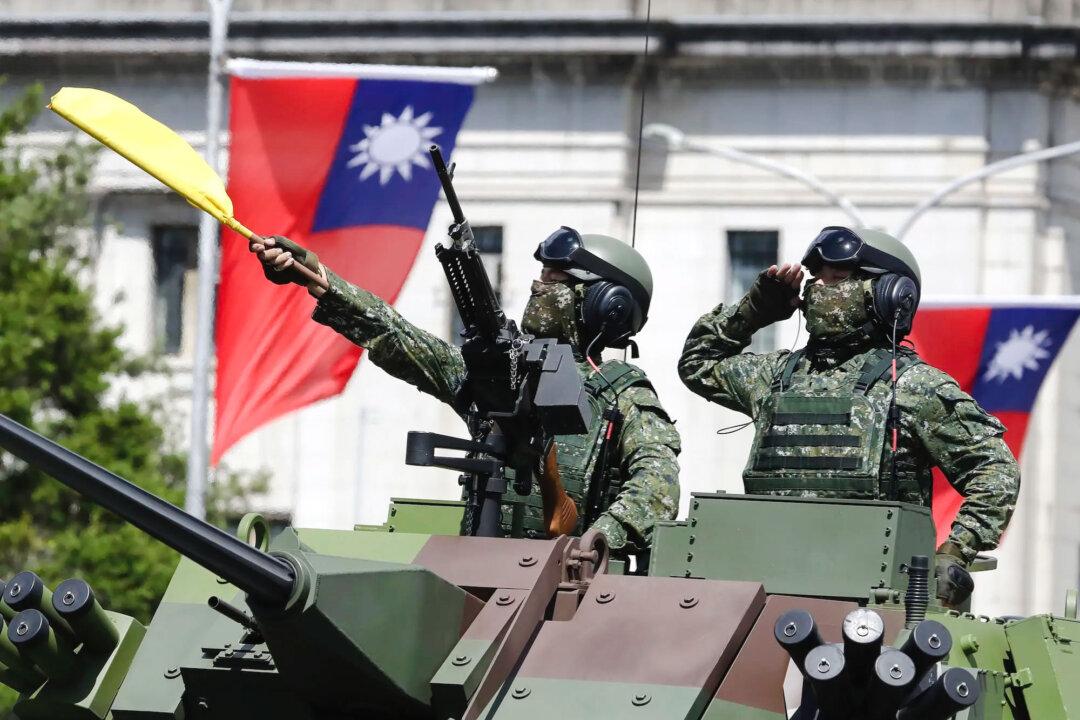A recent military deal between India and Burma is intended to counter China’s regional influence, according to local analysts.
On July 29, India and Burma inked a defense agreement to boost bilateral military engagement, according to a report by The Economic Times. India would provide Burma with military training and maritime security cooperation.





